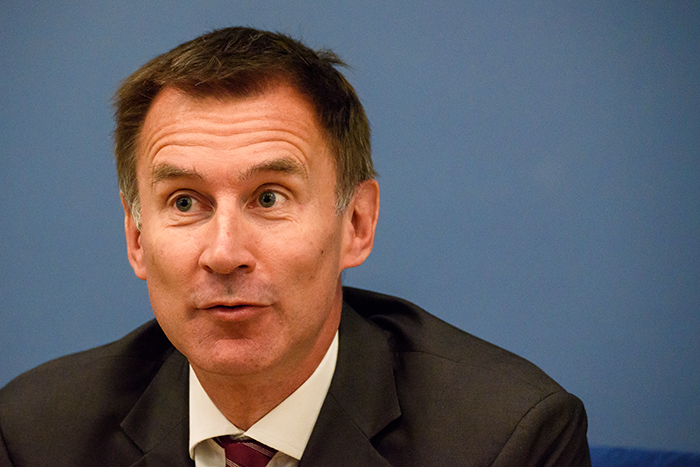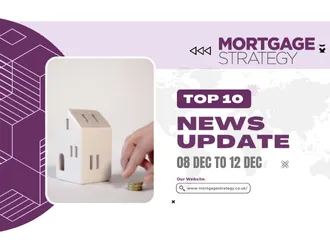
Chancellor Jeremy Hunt will deliver what is widely expected to be the last Autumn Statement before the general election on 22 November.
The Treasury adds that spending watchdog, the Office for Budget Responsibility, has been commissioned to prepare an economic forecast for parliament that will be published alongside the fiscal statement.
The election must come by the beginning of 2025, with many pundits betting on the country going to the polls next autumn, which will give the government as much time as it dares to get the economy in better shape.
The Chancellor’s statement will mark a year since he ditched the vast majority of his predecessor Kwasi Kwarteng’s tax-cutting mini-Budget last September, which pushed up mortgage rates.
Among a range of measures, Hunt was forced to introduce an end date for the higher £250,000 stamp duty thresholds, as well as freezing other thresholds for income and inheritance tax, in two interventions last October and in last year’s Autumn Statement in November.
However, after home loan rates calmed, they now hoover at close to mini-Budget levels as the Bank of England fights to battle inflation, which fell to 6.8% in the year to July from 7.9% in June, but still remains almost three-and-a-half times higher than its 2% target.
Last month, the Bank lifted the base rate by 25bps to 5.25%, its 14th consecutive rise taking it to the highest level for 15 years.
Also, last month, the Chancellor appeared to rule out tax cuts despite better news on the treasury’s finances.
In the first four months of the 2023-24 financial year, the government borrowed £56.6bn, according to the Office for National Statistics.
This is £13.7bn more than in the equivalent four-month period a year ago, but is £11.3bn less than forecast by the OBR.
However, Hunt said on social media: “As inflation slows, it’s vital that we don’t alter our course and continue to act responsibly with the public finances.”
“Only by sticking to our plan will we halve inflation, grow the economy and reduce debt.”



